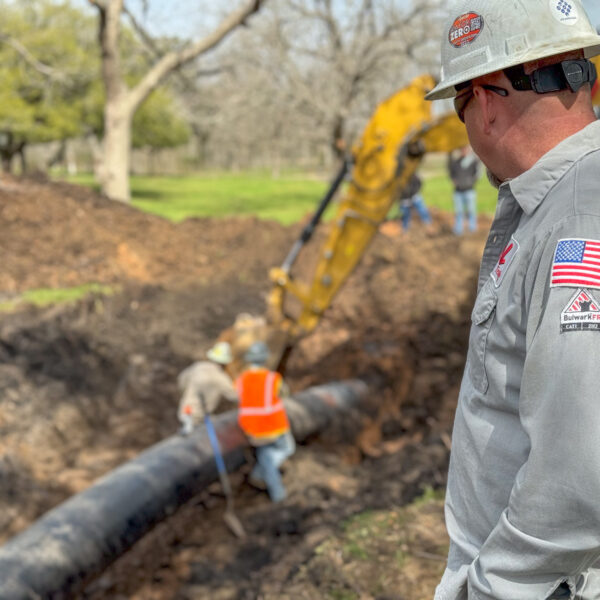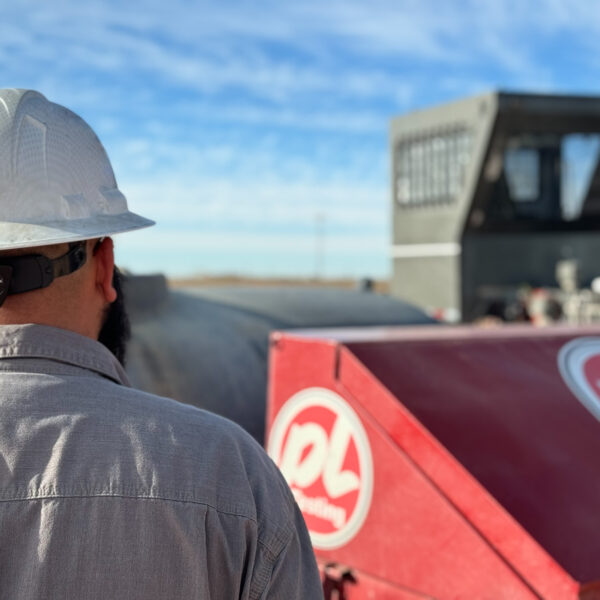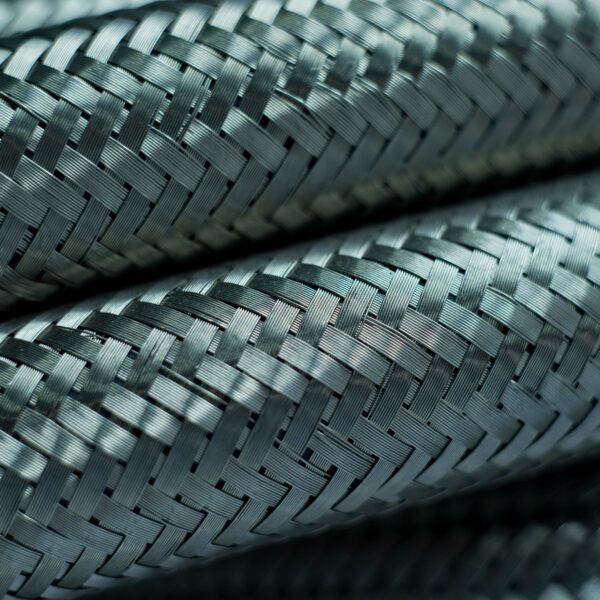Pipeline failures can be expensive, harm the environment, and endanger lives. Conventional ILI methods can be difficult and costly, as the flow needs to be stopped for inspection. In recent years, non-destructive testing methods involving smart pigs have been developed for pipeline inspection.
Here’s an overview of smart pigging and what it involves.
What is Smart Pigging?
Smart pigging utilizes data-capturing tools or “pigs” to gather information on the internal and external condition of the pipeline. The pigs are equipped with various sensors that measure conditions such as corrosion, geometry, and wall thickness. At the end of the run, the data is collected and stored for further analysis and to identify potential pipe issues.
How it Works
The process of running a smart pig is similar to other pigging procedures. First, a cleaning pig is run in the pipe to remove build-up and contaminants for the smart pig. Then, the pig is launched, data is collected, the pig is retrieved, and the analysis begins.
The Types
There are several types of pigs used in smart pigging. A few of the most common types are the caliper tool, magnetic flux leakage, and ultrasonic.
Caliper Tool
The caliper tool uses mechanical arms to record a pipeline’s geometric conditions and internal diameter. The mechanical arms move in response to the pipe’s geometry as it passes through the pipe. For example, if the pig is passing a dent, the arms are pushed down and spring up after the dent. The caliper tool can provide location data of anomalies as dents, bulging, buckling, and more.
Magnetic Flux Leakage (MFL)
MFL pigs utilize magnets to measure the magnetic field of a pipe. By examining the magnetic field, the pig can show the pipe’s thickness and areas where there may be metal loss. This tool detects corrosion, pitting, and wall loss in steel pipes.
Ultrasonic
Ultrasonic pigs use sonar waves that produce two echoes—one from the inner surface and one from the outer surface of the pipe wall. When the wave is reflected, the pig records the location of irregularities. The difference in the echo signals helps to detect anomalies such as metal loss, cracks, and dents.
The Benefits
There are many advantages to using smart pigs. Two of the primary advantages are:
1. Improved data collection:
One of the primary advantages of pigs is the data collection. They detect hazards such as stress, corrosion, dents, cracks, gouges, and other defects, allowing the company to address potential hazards before they become serious problems. In fact, corrosion-caused pipeline incidents have decreased by 76% since 1999 with the help of smart pigs.
2. Cost and Time Efficiency:
The pigs run while the pipe is in service, and the natural gas pressure pushes it through. Therefore, the customer’s flow is not interrupted during inspection.
The Limits
As with any tool, there are limitations to smart pigs. Corrosion may not be detected in pipes made of certain materials, thick coatings, or with heavy buildup. There must also be a launcher and receiver on the pipe for the pig to be used, and it can take up to a year for older lines to be retrofitted for pigging. Additionally, some pipes may not be piggable due to the geometry like curves and corners.
It is recommended to use at least two methods of non-destructive testing to verify findings and determine the severity. Commonly, ultrasonic pigs are used after MFL pigs to verify and determine the extent of any material loss.
With the introduction of the Mega Rule, it’s essential to incorporate effective inspection methods for pipelines to prevent failures. Smart pigging is one of the few methods that is non-destructive, facilitates uninterrupted flow, and locates positions of defects. As the demand for accurate and cost-effective pipeline maintenance grows, smart pigging will continue advancing to achieve this goal.
To learn more about using smart pigs to inspect your pipe, contact PL Testing.



